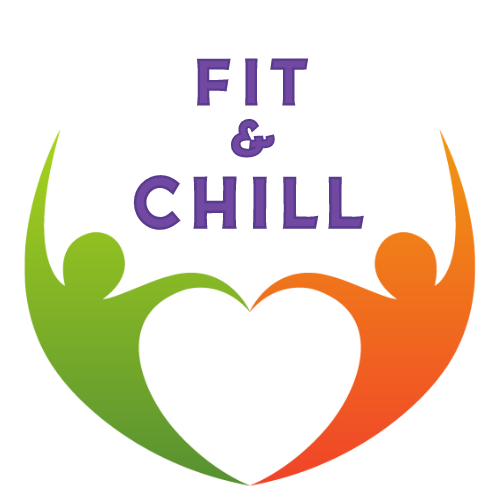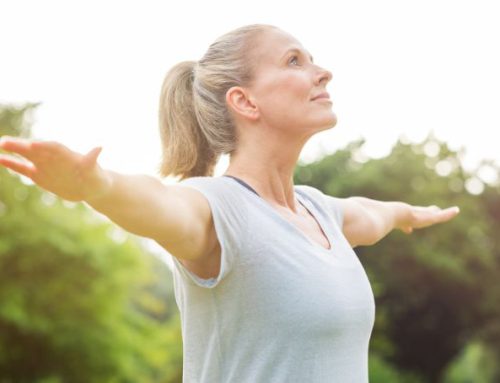Benefits of The High Knees
- Cardiovascular Endurance: “High Knees” is a high-intensity cardiovascular exercise that elevates the heart rate, improving cardiovascular health and endurance.
- Calorie Burning: Due to its high intensity and engagement of multiple muscle groups, “High Knees” is effective for burning calories and aiding in weight loss or weight management goals.
- Lower Body Strength: The repetitive lifting of the knees engages the muscles of the lower body, including the quadriceps, hamstrings, hip flexors, and calves, helping to strengthen and tone these muscle groups.
- Core Activation: Engaging the core muscles to stabilize the torso while lifting the knees helps improve core strength and stability.
- Improved Coordination and Agility: Performing “High Knees” challenges coordination and agility, improving overall motor skills and movement efficiency.
Tips for Beginners:
- Start Slow: Begin with a slower pace to focus on proper form and coordination before increasing speed or intensity.
- Gradually Increase Speed: As you become more comfortable with the movement, gradually increase the speed of the exercise to elevate the heart rate and intensity.
- Land Softly: Focus on landing softly on the balls of your feet with each repetition to reduce impact on the joints and minimize noise.
- Use Arm Motion: Coordinate arm movements with leg movements to enhance momentum and drive.
- Listen to Your Body: If you experience any discomfort or pain, reduce the intensity or take a break. It’s important to listen to your body and avoid overexertion.



Leave A Comment